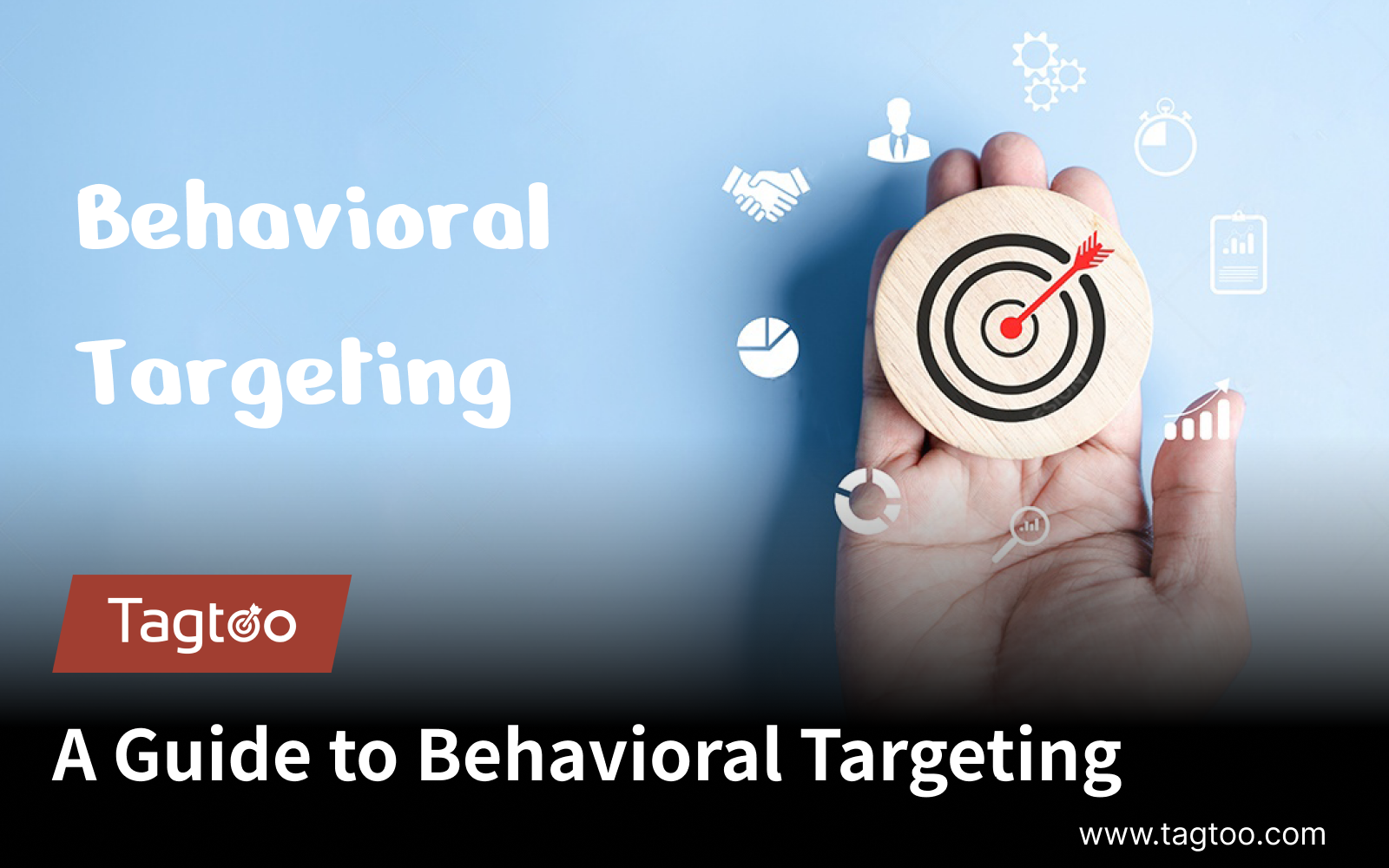A Guide to Behavioral Targeting
You have an online shop, you also have an ad budget. But how do you target the most potential customers, to make sure that you have maximized your budget? Behavioral targeting is a way to segment and measure which audiences that are most likely to purchase your products, to deliver targeted advertisements and personalized content.
Behavioral targeting utilizes various data points to understand user behavior, such as websites visited, search terms used, links clicked, time spent on certain pages, purchase history, and demographic information. This data is collected through cookies, tracking pixels, or other tracking technologies.
You may be interested >>How to maximize the value generated by brand data? By analyzing the collected data, advertisers and marketers can create user profiles or segments, grouping individuals based on their similar interests, preferences, or behaviors. These profiles are then used to deliver advertisements that are more likely to resonate with users, increasing the chances of engagement and conversion. What are the benefits of behavioral targeting? Behavioral targeting can be beneficial for both advertisers and users. Advertisers can optimize their advertising budgets by reaching a more relevant audience, potentially increasing conversion rates and return on investment. Users, on the other hand, may benefit from seeing advertisements that align with their interests, leading to a more personalized and engaging online experience. You may be interested >> Why is Data Science important for brands? What techniques about behavioral targeting? The key components of behavioral targeting involve data collection, data analysis, users segmentation and measurement. A data company must have these abilities to ensure the effectiveness of behavioral targeting efforts. Behavioral targeting can be performed by various entities, including advertisers, marketing agencies, and online platforms. These entities typically employ specific techniques and technologies to gather and analyze user data for behavioral targeting purposes.You can measure whether these entities are able to implement behavioral targeting effectively by using the following techniques: Data Analytics: Proficiency in data analysis is crucial for interpreting and extracting insights from the collected user data. This includes statistical analysis, data mining, and machine learning techniques to identify patterns and preferences. Targeting Technology: Knowledge of targeting technologies and tools is important to collect, track, and analyze user data accurately. This may involve using cookies, tracking pixels, analytics platforms, and customer relationship management (CRM) systems. Privacy and Compliance: Awareness of privacy regulations and best practices is essential to ensure that behavioral targeting activities align with legal and ethical standards. Entities should understand and adhere to guidelines such as the General Data Protection Regulation (GDPR) and other applicable data protection laws. Campaign Optimization: Proficiency in campaign optimization techniques is necessary to continually improve the targeting efforts. This includes A/B testing, performance monitoring, and data-driven decision-making to optimize ad creatives, and targeting parameters. As an advertising & data agency, Tagtoo has a lot of valuable experience in consumer behavioral targeting technology. We have launched the Label Targrt Project (LTP) service based on consumer behavioral targeting, which not only groups, clusters, and labels the huge amount of user data, but also develops consumer prediction technology by applying AI/ML model algorithms. Behavioral targeting v.s. Predictive targeting Predictive targeting is the next level of behavioral targeting. Predictive targeting uses the same data with behavioral targeting, and applies AI/ML power to predict future buying behavior based on the past data. Predictive targeting focuses on future behavior and aims to anticipate users' actions or preferences before they occur. It leverages real-time data and algorithms to predict and target users with content that is expected to be relevant to their future needs or interests. You may be interested >> How Deep Learning for Buying Behavior Prediction How to choose the targeting way? Marketers can choose the targeting way depending on the specific goals and circumstances. Both strategies have their advantages and can be effective in different scenarios. Behavioral targeting leverages existing data on user preferences, allowing marketers to target specific segments with relevant content. It can be effective for campaigns where the objective is to engage users who have already shown interest in a particular product or service. However, it may not be as effective for reaching users who are in the early stages of their customer journey or for targeting new or niche markets where historical data is limited. By leveraging real-time and historical data, predictive models can identify potential customers who are most likely to engage in desired behaviors, helping marketers reach users at critical decision-making moments. It is particularly useful for reaching new or untapped markets and for launching proactive marketing initiatives. Conclusion Marketers may find that a combination of both strategies can be beneficial, leveraging behavioral data for immediate personalization and predictive modeling to anticipate future behaviors. It's important to evaluate the unique requirements and objectives of each marketing campaign to determine which strategy aligns best with the desired outcomes. ⬇️ If you are interested in behavioral targeting technology, please fill out the form below to contact us!
